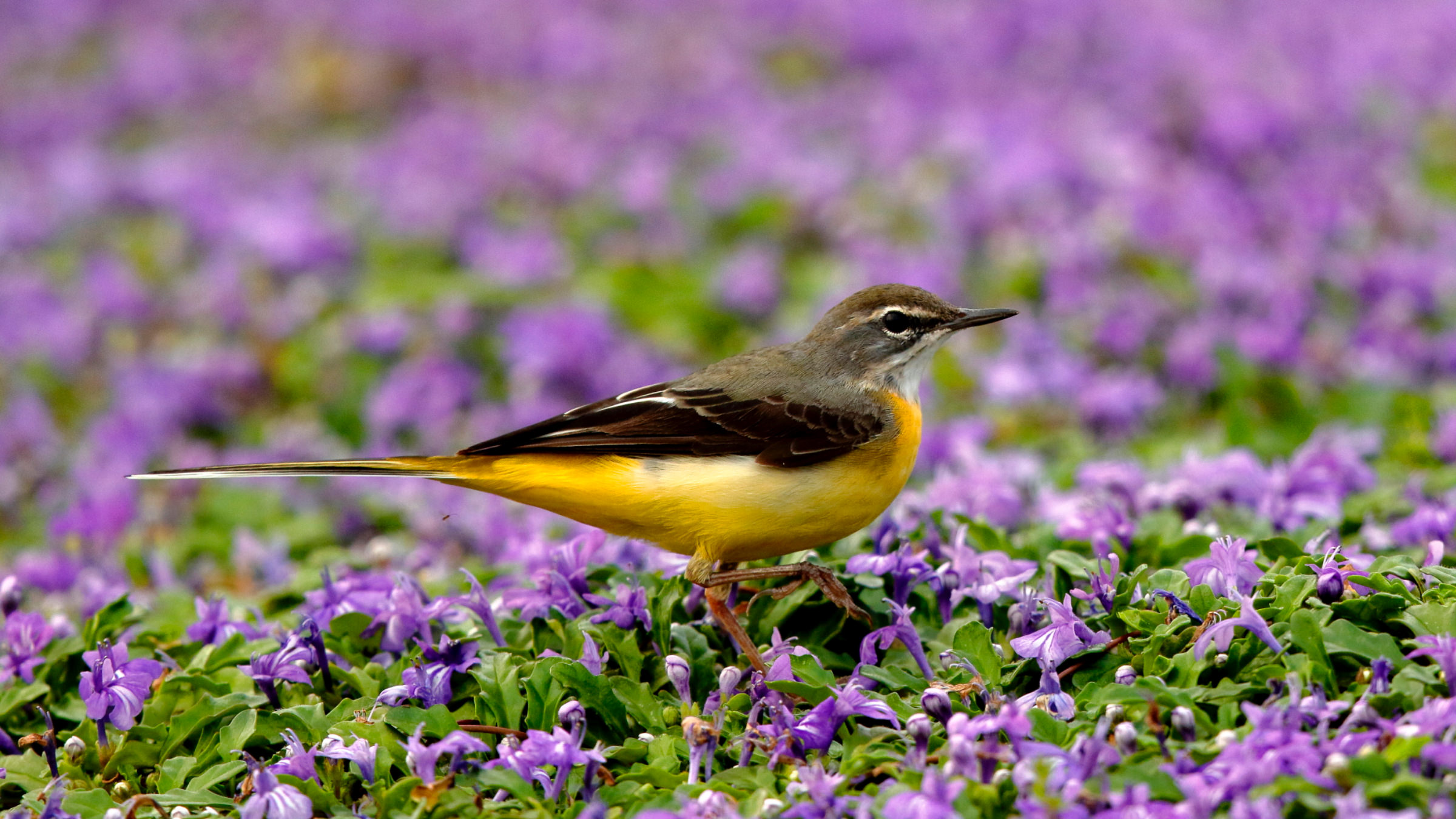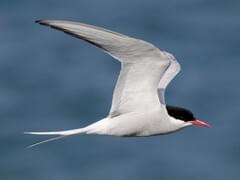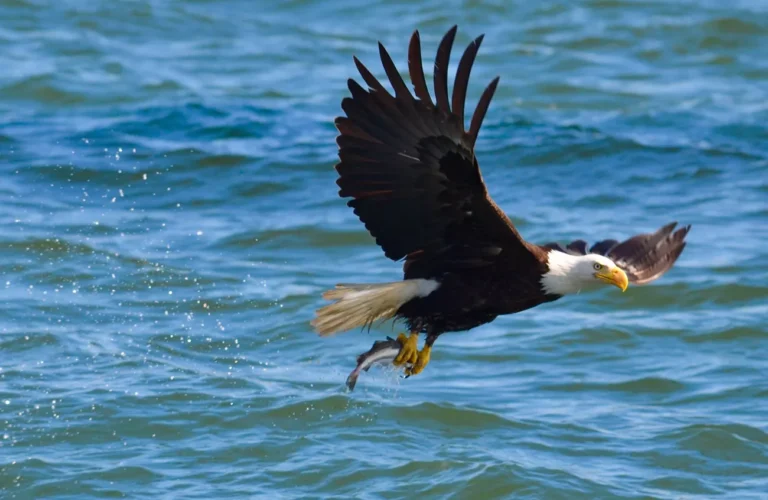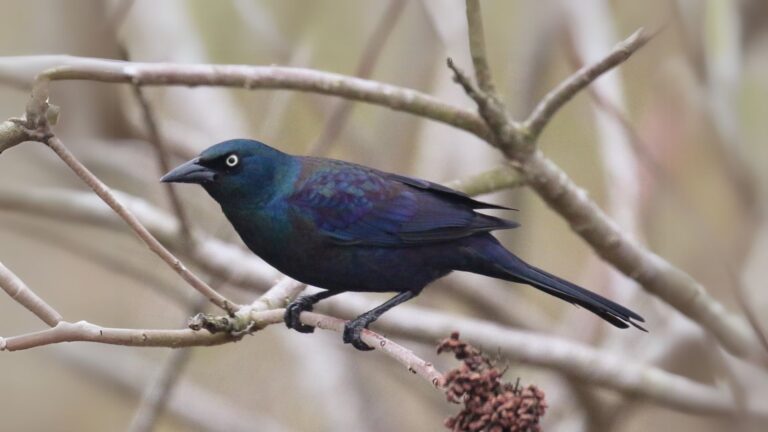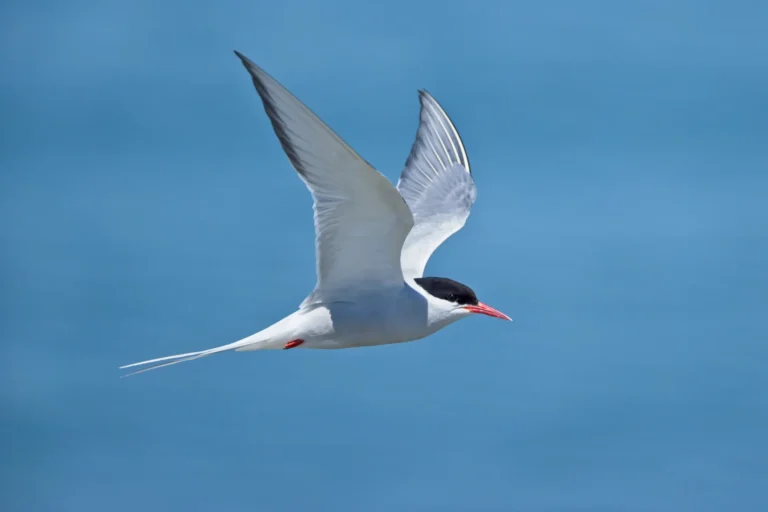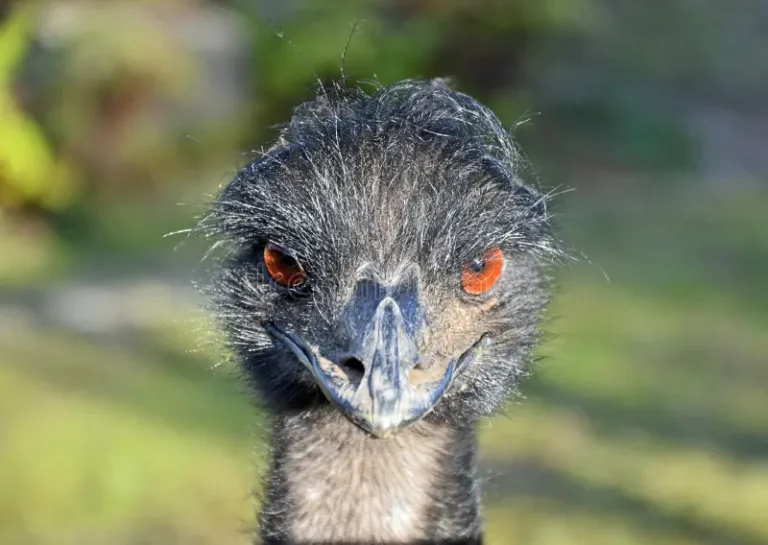Are Birds Mammals: Understanding the Amazing Differences Between Birds and Mammals
In short, no. Birds are not mammals. But, why not read on to learn more about them?
People sometimes wonder if birds are mammals. Both birds and mammals are warm-blooded, but they belong to different animal groups.
Birds aren’t mammals—they’re a separate class with distinct features like feathers and they lay eggs. Their differences run much deeper than you might expect.
Birds have lightweight bones, beaks, and feathers, and, of course, mammals do not. Mammals, on the other hand, usually have fur or hair and feed their young with milk, which is something birds just don’t do.
Sure, birds and mammals are both warm-blooded vertebrates, but the differences make them easy to spot once you know what to look for.

Key Takeaways
- Birds aren’t mammals—they’re a totally different type of animal.
- Birds and mammals differ in physical features and reproduction.
- They share some traits but belong to separate animal groups.
Are Birds Mammals?
Birds and mammals both keep their bodies warm and have backbones. Still, they sit in different animal groups and have plenty of differences in their bodies, how they raise their young, and more.
Defining Birds and Mammals
Birds have feathers, beaks, and lay eggs. Every bird belongs to the class Aves.
They don’t have teeth, just beaks, and their bones are lightweight—perfect for flying. That’s something mammals can’t really match.
Mammals fall under the class Mammalia. Female mammals produce milk with mammary glands to feed their young.
Most mammals give birth to live babies (although some don’t), though a couple of oddballs like the platypus lay eggs. Mammals also tend to have hair or fur.
Both birds and mammals have backbones. They’re both warm-blooded, so they can keep a steady body temperature.
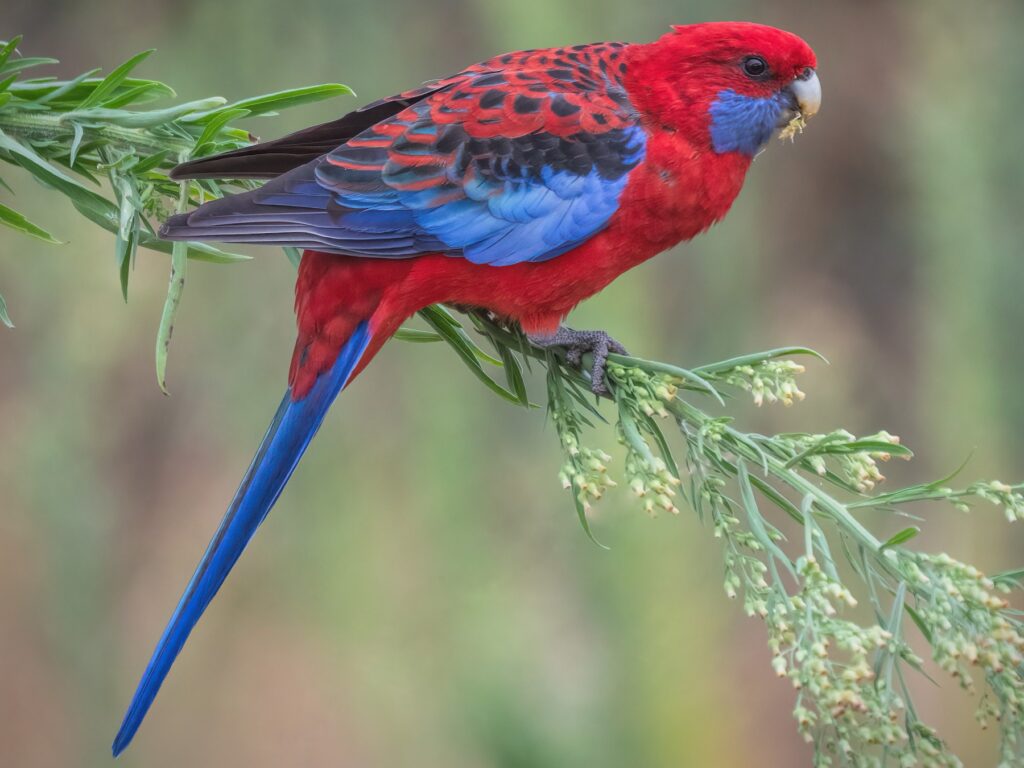
Key Differences Between Birds And Mammals
Birds aren’t mammals. One big difference? Female mammals make milk for their young, while birds don’t—they feed their chicks regurgitated food instead.
Mammals have hair or fur, but birds? Feathers, all the way. Feathers help with flying, warmth, and protection.
Birds also have beaks, not teeth. Most birds lay hard-shelled eggs, while mammals usually have live births—except for a weird few, like echidnas and platypuses.
Here’s a quick look at some differences:
| Feature | Birds | Mammals |
|---|---|---|
| Covering | Feathers | Hair or fur |
| Young Fed By | Regurgitated food | Milk from mammary glands |
| Egg or Live Birth | Eggs | Mostly live birth, few eggs |
| Teeth or Beak | Beak, no teeth | Usually teeth, no beak |
Common Misconceptions
People sometimes think birds are mammals just because both are warm-blooded and have backbones. That’s not the case.
Some also assume mammals never lay eggs, but that’s not true—platypuses and echidnas (what the heck is that!?) do. And, while both birds and mammals care for their babies, only mammals have mammary glands for nursing. Birds don’t make milk. For more detail, check out ecological scaling of mammals and birds.
Biological Classification of Birds
Birds make up a unique group with differences from reptiles, amphibians, fish, and mammals. They have specific traits that set them apart in the animal kingdom.
Aves and Other Classes
Birds belong to the class Aves. This group stands apart from mammals, reptiles, amphibians, and fish.
Aves are defined by feathers, hard-shelled eggs, and beaks without teeth. Here are the main vertebrate classes:
| Class | Key Examples | Notable Traits |
|---|---|---|
| Mammals | Dogs, Humans | Hair or fur, live births |
| Birds (Aves) | Eagles, Sparrows | Feathers, beaks, lay eggs |
| Reptiles | Snakes, Lizards | Scales, cold-blooded |
| Amphibians | Frogs, Salamanders | Moist skin, live in water/land |
| Fish | Salmon, Sharks | Gills, live in water |
Birds don’t have mammary glands or fur. Their closest living relatives are reptiles, sharing ancient ancestors (Classification of birds).
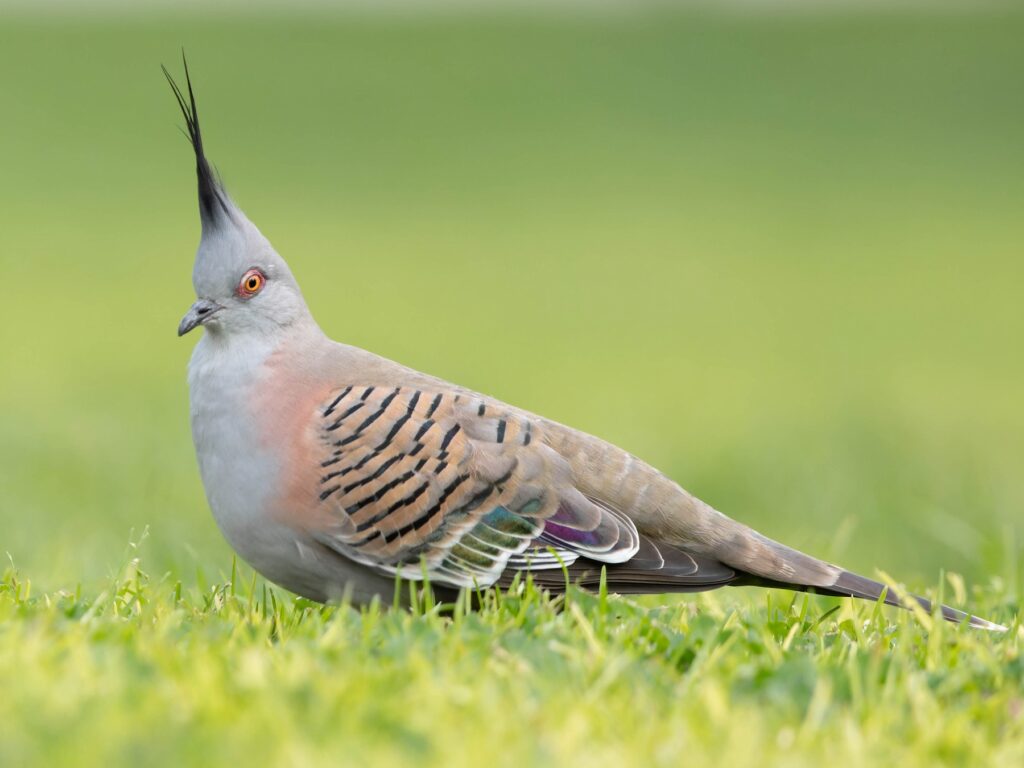
Birds as Vertebrates
Every bird is a vertebrate with a backbone. Vertebrates split into five main groups: mammals, birds (Aves), reptiles, amphibians, and fish.
Birds have lightweight, hollow bones for flight. Their bodies include complex organ systems like hearts, lungs, and brains.
They’re specially built for flight, with strong chest muscles and unique wings. Birds lay hard-shelled eggs, unlike the soft eggs of most amphibians or the leathery eggs of many reptiles. They’re warm-blooded, but their bodies are covered in feathers, not fur or scales.
Physical Features Unique to Birds
Birds have several features that really set them apart from mammals. These differences affect how they move, eat, and function.
Feathers and Flight Adaptations
Feathers are the big giveaway for birds. Every species, from hummingbirds to eagles, is covered in feathers that help with warmth, waterproofing, and attracting mates.
But most importantly, feathers make flight possible. Birds have wings instead of arms, and those wings are shaped just right for getting airborne.
Their strong flight muscles connect to the breastbone, making flying efficient. Another cool adaptation: hollow bones. Unlike mammals, birds have light, air-filled bones, which make flying way easier.
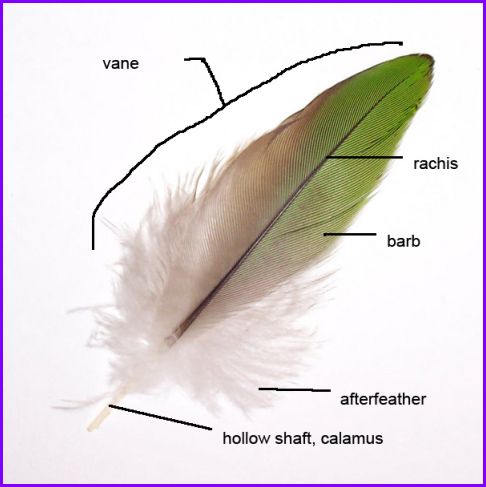
Here’s a quick table:
| Feature | Function |
|---|---|
| Feathers | Flight, insulation, display |
| Wings | Lift and movement in air |
| Hollow bones | Reduce weight for flight |
Beaks and Skeletal Systems
Birds have beaks, not teeth. The shape and size of a bird’s beak depend on what it eats—hawks have sharp, hooked beaks for tearing meat, while ducks have flat beaks for filtering water and mud.
Their skeletons are built for flight, too. Birds have a strong, fused backbone for support, and their bones are lighter and often fused together for stability.
Bird legs and feet vary a lot. Some perch, others swim or run. The combo of beaks, hollow bones, and specialized skeletons makes birds very different from mammals.
Mammals, on the other hand, have solid bones, teeth, and no feathers or wings dedicated to flight. For more on skeleton differences, check this avian physiology article.
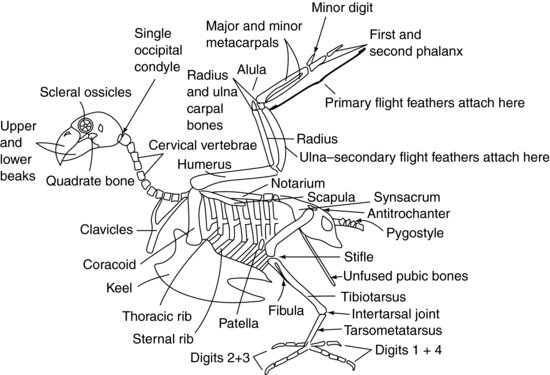
Unique Characteristics of Mammals
Mammals stand out thanks to a few key features. These focus on how they feed their young and how their bodies are built.
Mammary Glands and Milk Production
Only female mammals have mammary glands, and they use them to produce milk for their babies. This milk gives newborn mammals the nutrition they need early in life.
That ability to nurse is a defining trait of all mammals, from humans to whales. Birds, reptiles, and other animals can’t do this—only mammals can.
Each species makes milk with a different mix of fat, protein, and sugar. For example, whale milk is nothing like cow’s milk. But in every case, milk helps young mammals grow and survive.
Teeth and Body Structure
Mammals have unique teeth. Most have four types: incisors, canines, premolars, and molars. Each type does something different—canines help carnivores tear meat, molars grind plant material for herbivores.
Birds don’t have teeth; they use beaks. Mammals also have distinct bodies, with hair or fur at some point in life. Their skeletons include a single lower jawbone and three middle ear bones, which help with hearing.
These features help mammals adapt to all sorts of environments. For more detail, see this talltimbers.org PDF.
Reproduction: Birds Versus Mammals
Birds and mammals bring new life into the world in different ways. These differences start from the very beginning.
Egg Laying in Birds
Most birds lay eggs with hard shells to protect the developing chick. Female birds usually build a nest, then lay one or more eggs.
After laying, the parents—sometimes just the mother, sometimes both—take turns keeping the eggs warm until they hatch. Bird eggs come in all shapes, sizes, and colors. Robins lay small blue eggs, while ostriches lay the biggest eggs of any living animal.
Most birds lay eggs in the spring or early summer, when food is easier to find. The embryo inside gets food from a special yolk, using it for energy until it’s ready to hatch. Want more on this? Here’s an article on egg laying and reproduction in birds.
After hatching, some chicks are helpless and need lots of care (although some human adults I know are the same, but let’s not go there…), while others are ready to walk and feed themselves almost right away.
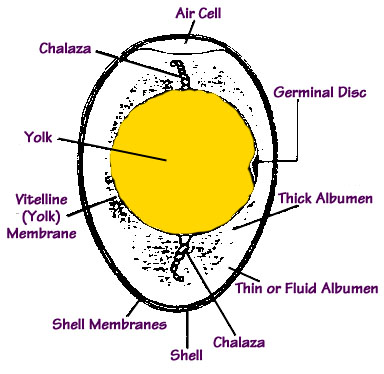
Live Birth in Mammals
Most mammals give birth to live young. Female mammals grow their babies inside their bodies, feeding them through a placenta.
The gestation period—the time they carry their young—can be just weeks for mice or almost two years for elephants. Once born, young mammals depend on their mother’s milk for nutrition.
Babies like puppies, kittens, or human infants are usually born with eyes closed and need warmth and care. This method lets young mammals develop more before facing the outside world, which is a big difference from egg-laying animals like birds.
Monotremes: Egg-Laying Mammals
Monotremes are the rare mammals that lay eggs. The two main types are the platypus and echidnas, mostly found in Australia and New Guinea.
Female monotremes lay soft-shelled eggs, not hard ones like birds. The mother keeps her eggs warm by curling around them or holding them in a pouch.
When monotreme eggs hatch, the babies are tiny and underdeveloped. They feed on their mother’s milk, which they absorb through the skin—monotremes don’t have nipples. Both the platypus and echidna show how mammals can have some bird-like traits but still remain mammals.
Temperature Regulation and Physiology
Birds share some physical features with mammals, but the differences are important. They have unique ways to stay warm and breathe efficiently.
Warm-Blooded Versus Cold-Blooded Animals
Birds are warm-blooded, which means they keep their internal temperature steady, no matter what’s going on outside. Mammals do this too, but reptiles and fish don’t—they’re cold-blooded and their body temperature changes with the weather.
To stay warm, birds need to eat a lot and burn plenty of energy. Their feathers trap heat, acting as insulation. Unlike cold-blooded animals, birds can stay active even in the cold, thanks to their stable body temperature.
Some researchers think the need to manage energy drove birds and mammals to evolve warm-bloodedness. High metabolic rates help keep them warm, which is crucial, especially in cold places. For more, see this article on the evolution of endothermy.
Heart and Respiratory Systems
Birds and mammals both have a four-chambered heart, which keeps oxygen-rich blood separate from oxygen-poor blood. This means better oxygen delivery and more energy for staying active.
Birds breathe differently, though. Their lungs connect to special air sacs, making breathing super efficient. Air moves in one direction through their lungs, so fresh oxygen is always available—even when they breathe out.
Birds’ red blood cells carry oxygen quickly to their muscles. These systems let birds fly long distances or stay warm in the cold. Curious? Here’s more on body temperature scaling in mammals and birds.
Comparisons With Other Animal Groups
Birds aren’t mammals, and their features make them stand out from other animal groups. Some animals look similar, but the differences are pretty clear once you look closer.
Reptiles, Fish, and Amphibians
Birds and reptiles both lay eggs, but their bodies are different. Birds have feathers, warm-blooded bodies, and hard-shelled eggs.
Reptiles, like lizards and snakes, have scaly skin, are cold-blooded, and lay leathery eggs. Fish and amphibians don’t share bird traits either. Fish live in water, breathe through gills, and have scales. Amphibians start life in water with gills, then develop lungs as adults, and have moist skin.
Here’s a quick comparison:
| Group | Skin Covering | Breathing | Egg Type | Blood Type |
|---|---|---|---|---|
| Birds | Feathers | Lungs | Hard-shelled | Warm-blooded |
| Reptiles | Scales | Lungs | Leathery | Cold-blooded |
| Fish | Scales | Gills | Soft/gel-like | Cold-blooded |
| Amphibians | Moist | Gills & Lungs | Soft/gel-like | Cold-blooded |
Insects and Birds
Insects and birds both fly, but their bodies are nothing alike. Insects like ants and flies have six legs, three body parts, and an exoskeleton. Their wings are thin membranes, not feathers.
Insects don’t have backbones or lungs—they breathe through tiny holes called spiracles. Birds have backbones, a strong skeleton, and feathers for flight. Only birds have beaks and lay hard-shelled eggs.
Insects grow through metamorphosis, while young birds hatch looking a lot like their parents. So, birds and insects aren’t closely related at all.
Notable Examples and Exceptions
Some animals get mixed up with birds because of their features, but they’re mammals. They might have wings or live in water, but they’re built differently from birds.
Bats and Dolphins
Bats are the only mammals that can really fly. Their wings are skin stretched over their fingers—not feathers.
Bats don’t lay eggs; they give birth to live young and feed them milk. Dolphins are aquatic mammals with lungs, not gills, and they nurse their young. They have smooth skin and breathe through a blowhole at the surface.
Both bats and dolphins are warm-blooded, have hair at some stage, and produce milk. These traits set them apart from birds, even though bats fly and dolphins swim.
Here’s a table comparing them:
| Animal | Breathes Air | Gives Birth to Live Young | Produces Milk | Has Feathers | Can Fly |
|---|---|---|---|---|---|
| Bats | Yes | Yes | Yes | No | Yes |
| Dolphins | Yes | Yes | Yes | No | No (swims) |
| Birds | Yes | No (lays eggs) | No | Yes | Most species |
Bats and dolphins show that mammals can look and live very differently, but they share the same key traits. More info on animal groups is at Ecological scaling: mammals and birds.
Kangaroos and Other Mammals
Kangaroos are marsupials from Australia. They don’t fly or swim like bats or dolphins—they hop on strong back legs and carry their young in pouches.
All mammals, including kangaroos, have hair and produce milk for their babies. Other mammals—like tigers, elephants, and humans—also have warm-blooded bodies and give live birth. None of these mammals have feathers or lay eggs like birds.
Kangaroos and other mammals show how diverse mammals can be. Whether they’re huge, tiny, land-dwelling, or aquatic, they’re all grouped together because of shared features like hair and their method of reproduction.
For more on mammal and bird differences (and exceptions), check taxonomic selectivity.
Summary of Key Similarities and Differences with the question, are birds mammals
Both birds and mammals are warm-blooded, so they keep their body temperature steady even when the weather changes.
Each group either gives birth to live young or lays eggs with a protective covering. Most mammals have live births, while most birds lay hard-shelled eggs.
Similarities:
- Both have backbones (vertebrates).
- They breathe air with lungs.
- They have four-limbed ancestors, so their limbs follow a similar plan.
- Some mammals and birds migrate
Differences:
| Feature | Birds | Mammals |
|---|---|---|
| Body Covering | Feathers | Hair or fur |
| Reproduction | Most lay eggs | Most give live birth |
| Heart Chambers | Four | Four |
| Skeleton | Lightweight bones (often hollow) | Dense, solid bones |
| Middle Ear Bones | One | Three |
Birds have beaks and no teeth, while mammals usually have teeth. Birds use feathers for flight and warmth, while mammals rely on hair or fur for warmth.
Their hearing systems aren’t the same, either—inner ears developed differently, which is pretty fascinating if you’re into evolution. Scientists use these differences to study convergent evolution in auditory systems.
Both groups have tons of species and life history strategies shaped by evolution. But their diversity comes from separate evolutionary paths.
Frequently Asked Questions
Birds and mammals aren’t in the same group. Their body structures, reproduction, and other traits make them easy to tell apart.
What distinguishes birds from mammals?
Birds have feathers, lay hard-shelled eggs, and most can fly. Mammals have hair or fur and feed their young with milk. Birds have beaks and no teeth; mammals usually have teeth and different jaws.
What class of animals do birds belong to?
Birds are in the class Aves. This group is separate from mammals, reptiles, amphibians, and fish. All birds, from sparrows to penguins, are part of Aves.
Are birds considered reptiles or amphibians?
Birds are not amphibians. They actually share a common ancestor with reptiles, and their closest living relatives are reptiles—especially crocodiles. Birds evolved from certain dinosaurs, which were reptiles.
How are fish classified in relation to mammals?
Fish aren’t mammals. Fish live in water, breathe with gills, and have scales. Mammals breathe air and usually have hair or fur.
Which characteristics are unique to mammals?
Mammals have hair or fur and make milk for their babies. Most give birth to live young. Their bodies are warm-blooded, keeping a steady temperature in all kinds of environments. Sometimes students get confused—flying squirrels, for example, aren’t birds. They’re mammals, as discussed in studies about misconceptions.
What are the defining features of sharks that determine their classification?
Sharks have skeletons made of cartilage, not bone. They breathe with gills and either lay eggs or give live birth, depending on the species. Sharks are fish—not mammals.
